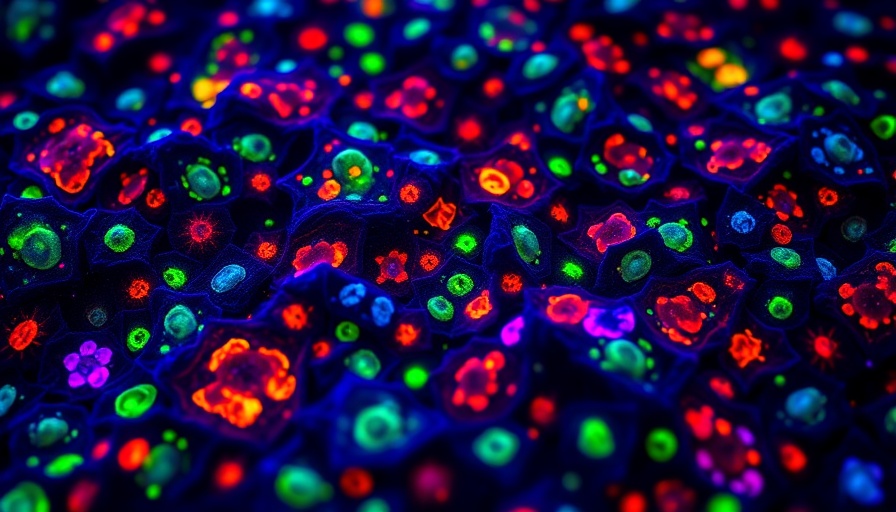
The Balance Between Reading and Creativity in Science
In the world of neuroscience, an emerging conversation highlights the potential pitfalls of excessive reading within the scientific literature. While keeping up with research is paramount, an experienced Nobel Laureate once stated that, intriguingly, reading 'too much' can stifle creativity and independent thinking. This raises an essential question: how much reading is beneficial, and when does it become a hindrance to innovation?
Historical Context: The Evolution of Scientific Thought
Historically, science has thrived on curiosity and the courage to ask profound questions. Albert Einstein, often celebrated for his revolutionary ideas, spent significant time contemplating his thoughts rather than solely absorbing the work of others. His approach illustrates how a balance between learning and creative thought has always been crucial to scientific advancement. For young scientists today, particularly in rapidly evolving fields like neuroscience, following this legacy could inspire a shift in how they allocate their intellectual resources.
Cultivating Independent Thought: The Importance of Finding Your Voice
As researchers navigate their careers, aligning their reading habits with their personal scientific identities becomes vital. The notion of planting seeds—encouraging original ideas—suggests that nurturing one's unique questions may often be more fruitful than merely replicating existing knowledge. Young scientists can benefit greatly from dedicating time to develop their concepts instead of being overwhelmed by the constant influx of published material. This approach promotes original research, leading to groundbreaking discoveries that enrich the scientific community.
Current Events: The Information Overload Challenge
With the constant production of research papers and preprints, aspiring neuroscientists face an unprecedented challenge known as information overload. The pressure to stay informed while maintaining a creative edge can be debilitating. Tailoring reading habits to suit individual research needs may become crucial in overcoming this challenge. Prominent neuroscientists recommend a more discerning approach to consuming literature, advocating for purposeful, rather than habitual, reading. This shift could minimize distractions and encourage focused exploration of innovative ideas.
Emotional Insights: Navigating the Pressure to Succeed
Younger scientists often experience immense pressure to produce results and publish frequently. This can create a sense of fear surrounding the prospect of diverging from established theories, leading them to adhere closely to existing research without applying their creativity. By understanding the emotional aspects of their journey, scientists can develop healthier relationships with both reading and their own research, ultimately fostering an environment conducive to innovation.
Actionable Insights: How to Balance Reading and Creation
To strike a balance between absorbing literature and nurturing creativity, scientists can implement specific strategies. Setting aside dedicated time for reflection and independent thought can lead to innovative research avenues. Additionally, engaging with diverse sources, including philosophical and theoretical texts, can help broaden perspectives. Finally, participating in interdisciplinary discussions can ignite new ideas, pushing scientists beyond the confines of their immediate fields.
Conclusion: Embracing the Journey of Scientific Discovery
As the landscape of science continues to evolve, understanding the value of both reading and creative thinking is vital for success. The delicate interplay between absorbing knowledge and asking profound questions can lead to significant breakthroughs in neuroscience. By cultivating their unique voices, young scientists can contribute to the rich tapestry of scientific inquiry, ensuring that their discoveries resonate within and beyond the halls of academia.
 Add Row
Add Row 

 Add
Add 


Write A Comment